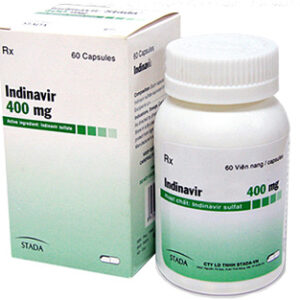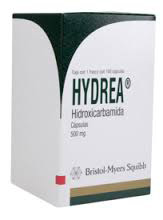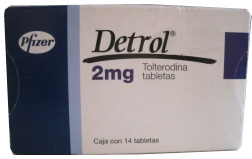Isoniazid is an antimycobacterial drug commonly used in the treatment of tuberculosis (TB). It is a first-line medication for the treatment of both latent TB infection and active TB disease. Isoniazid works by inhibiting the synthesis of mycolic acids, which are essential components of the bacterial cell wall. This inhibitory effect leads to the disruption of bacterial cell growth and division, ultimately killing or inhibiting the growth of Mycobacterium tuberculosis, the causative agent of TB.
Isoniazid is available in various formulations, including tablets and oral solution. It is typically taken orally and is rapidly absorbed from the gastrointestinal tract. The metabolization of isoniazid occurs primarily in the liver, with acetylation being the major metabolic pathway. The elimination half-life of isoniazid is approximately 1 to 4 hours in fast acetylators and 2 to 5 hours in slow acetylators.
Warnings
There are certain contraindications and precautions to consider before taking isoniazid:
- Known hypersensitivity or previous serious adverse reactions to isoniazid
- Active liver disease or a history of drug-induced liver injury
- Severe renal impairment (dose adjustment may be necessary)
- History of alcohol dependence or chronic liver disease (increased risk of hepatotoxicity)
- Pregnancy (should be used only when the benefits outweigh the risks)
Managing Side Effects
Isoniazid may cause various side effects, which can range from mild to severe. Common side effects include:
- Gastrointestinal disturbances such as nausea, vomiting, and abdominal discomfort
- Peripheral neuropathy, which can be minimized by co-administration of pyridoxine (vitamin B6)
- Transient elevation of liver enzymes
- Rash and hypersensitivity reactions
If any of these side effects become bothersome or persist, it is recommended to consult a healthcare professional, as dose adjustment or alternative treatment options may be necessary.
How to Use
When taking isoniazid, it is important to follow the prescribed dosage and administration instructions provided by a healthcare professional. The typical dosage for adults is 300 mg to 900 mg once daily, depending on the specific indication and individual patient factors. Pediatric dosages are weight-based.
If a dose is missed, it should be taken as soon as remembered. However, if it is closer to the next scheduled dose, the missed dose should be skipped and the regular dosing schedule should be resumed. Double doses should not be taken to make up for a missed dose.
An overdose of isoniazid can be serious and may cause symptoms such as severe nausea, vomiting, seizures, and even coma. In case of an overdose, immediate medical attention should be sought.
Isoniazid and Concomitant Drugs
Isoniazid may interact with certain medications, potentially affecting their efficacy or increasing the risk of side effects. Some notable interactions include:
| Drug Interaction | Implications |
|---|---|
| Rifampin | Concomitant use with isoniazid may increase the risk of hepatotoxicity. |
| Phenytoin | Co-administration with isoniazid may decrease the levels of phenytoin. |
| Warfarin | Isoniazid may increase the anticoagulant effect of warfarin, necessitating close monitoring of prothrombin time. |
| Antacids | Concurrent administration of antacids may reduce the bioavailability of isoniazid. |
The Answers You Need
-
Question: Can I drink alcohol while taking isoniazid?
Answer: It is generally recommended to avoid alcohol consumption while taking isoniazid, as it may increase the risk of adverse liver effects. -
Question: Can I take isoniazid during pregnancy?
Answer: Isoniazid should be used during pregnancy only when the benefits outweigh the potential risks. Consult your healthcare provider for personalized advice. -
Question: Are there any dietary restrictions while on isoniazid?
Answer: No specific dietary restrictions are necessary. However, avoiding excessive alcohol consumption is advisable. -
Question: Can I drive or operate machinery while taking isoniazid?
Answer: Isoniazid may cause dizziness or drowsiness in some individuals. If you experience these side effects, avoid driving or operating machinery until you are sure it is safe to do so. -
Question: Can isoniazid be taken with food?
Answer: Isoniazid can be taken with or without food. However, taking it on an empty stomach may enhance its absorption.






Reviews
There are no reviews yet.